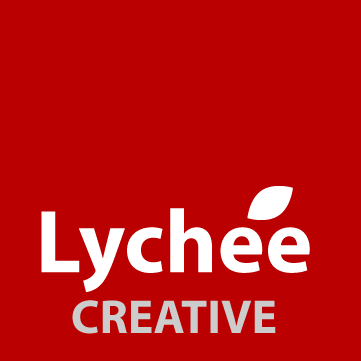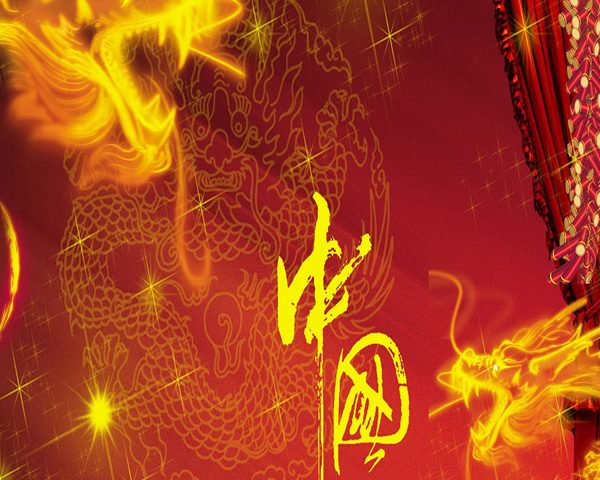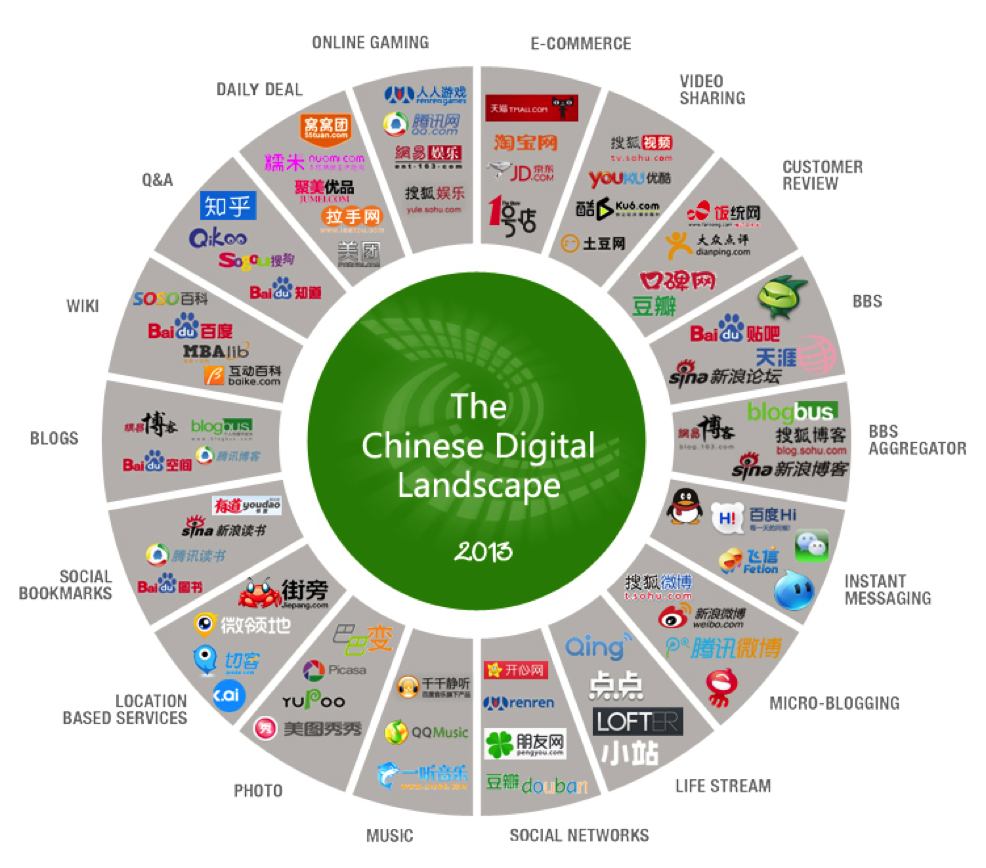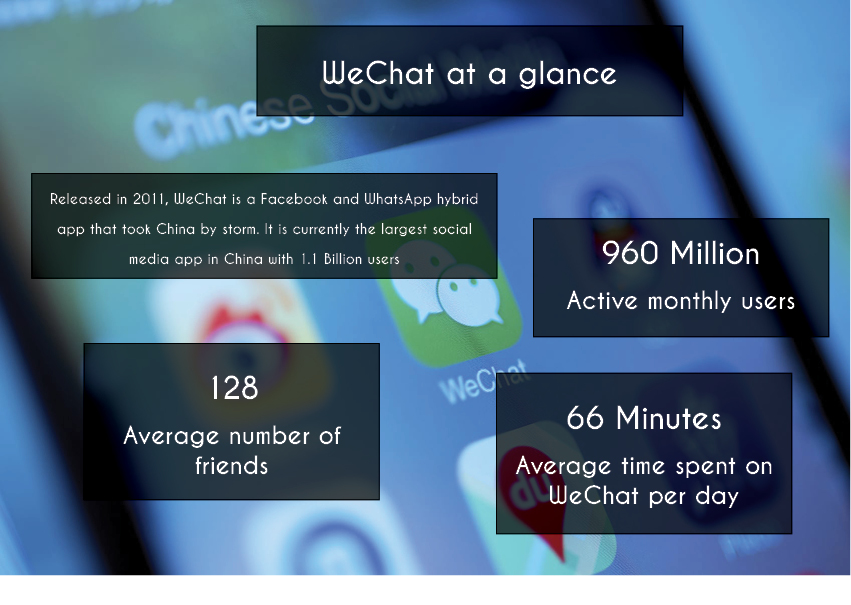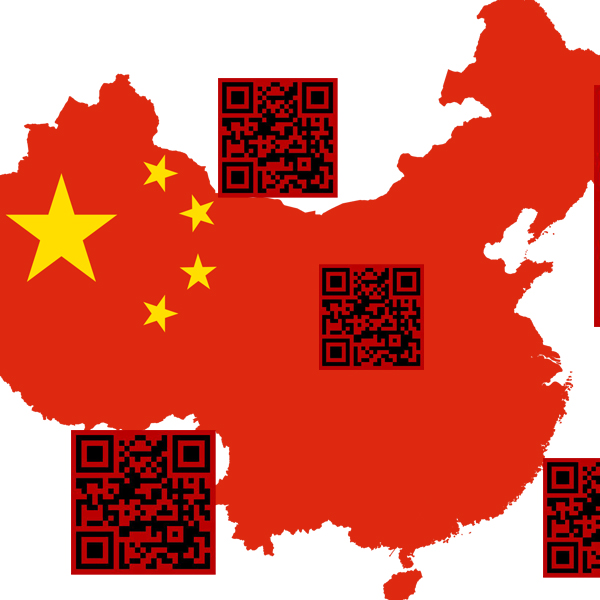- Have any questions?
- +61 280 062 806
- info@lycheecreative.com.au
What’s the secret to entering and marketing to the Chinese consumer market for the first time?
It’s not an easy questions to answer.
But you probably know plenty of people or companies that has successfully solved the Chinese puzzle and found tremendous success.
Is there really a secret to how they did it that you don’t know about?
Well, yes. Yes there is! But it is not as simple as you think. For you see, many western companies that succeeded in China did not do so overnight and there are many small, yet deliberate steps they took along the way.
Today, I will show you what they did to successfully test the waters in the Chinese market and replicate their success.
Table of Contents
Why is there so much interest in entering and marketing to the Chinese market right now?
The explosive growth of the Chinese middle class has led to a consumer revolution that can be felt in many countries across the world. Overseas companies has been fascinated with the Chinese market because of its enormous population, size and now disposable income. To put it into perspective:
- By 2022 over 550 million people in China will be considered middle class. That would make China’s middle class alone big enough to be the third-most populous country in the world.
- Companies can now have access to 1.3 billion potential customers including 700 million online shoppers With 53% yearly E-commerce growth.
- Chinese people have more disposable income and are spending more.
- Chinese shoppers are now more tech savvy and are more likely to buy foreign brands on holidays and online associating them with higher quality.
- Chinese outbound tourism has exploded with 135 million travelers a year spending $261 Billion USD with countries like Thailand, US, France and Australia among their most desired destinations.
Challenges and Opportunities to Entering the Chinese Consumer Market
The opportunities are definitely there but with opportunities comes new and unique challenges. China, you see, operate quite differently to the West. Apart from language barriers and cultural differences, China’s digital landscape varies drastically. Forget Google, Facebook and YouTube (they are banned in China) and learn to remember Baidu, WeChat and Weibo.
While there are numerous obstacles, they can be summarised into one of the following categories:
Invisibility and Starting from Scratch
All previous goodwill, customer loyalty and branding will mean nothing in China. Things do not get carried over there. Even major companies such as eBay and Amazon had to start from scratch and some were not as successful as others.
Diversity and Lack of Understanding
The fact that China is so vast can provide many opportunities but can also cause problems. China cannot be marketed to as just one country but rather many countries combined. It has 23 provinces and apart from Mandarin there are literally 200 other dialects! There are also huge variations to income level, education level, spending and lifestyle habits etc..
Choosing a one size fit all approach without a custom marketing strategy for each market is a sure fire way to pour money down the drain.
Budget
Companies looking to enter the Chinese market or sell to Chinese customers cannot simply assume what they used to do in their native countries will have the same effect in China or have similar results. Truth is, launching a business in China or selling to the Chinese market is closer to starting a brand new startup than opening another local branch in your home market. This is because competition is fierce in China and one bad move can put a brake on things before it even starts. That is why (for small to medium size companies at least) budget is perhaps one of the biggest obstacles to overcome when entering the Chinese market.
With all these challenges you might think China is a deathtrap itself! It is not and I’m here to show you some lean, cost effective ways to enter this seemingly complex market. As they say – the greater the barrier of entry, the fewer the competition and the greater the reward.
Starting Small and Going Digital
By starting small and going digital, you minimise the risks involved and with digital marketing, you can gain enough leverage to be significant. You don’t need to go in all gun blazing at the start.
Translating and Localising Key Information
China has a massive population of 1.3 Billion people and approximately 1% of that population understands English. There’s no two ways about it, you will need to translate your content. Not all of it, just enough to be marketable. Maybe a brochure or two, some high res images and one or two page website summary will do for starters. While Google Translate works for singular words, it will not be effective in translating the context of your messages. Ideally, you want a NAATI qualified native translator.
Social Media
Social media and digital marketing aims at testing the market within 3 to 6 months.
WeChat is China’s most popular mobile social media app with more than 900 million monthly users. WeChat was originally a messenger app with some Facebook functions but as with most things in China, it has evolved into something much more. WeChat now has a plethora of features some of which include:
- Making in-store and online payments with WeChat Pay
- Transfer money to friends and relatives
- Hail a Taxi
- Shop online
- Share real time location with people
- Pay utility bills
- Find people nearby you with discover function*Note that full features of WeChat has yet to be rolled out in some countries.
*Note: plenty of these features are made possible due to their widespread adoption of QR codes that connects the offline world to the online world.
WeChat Advertising can be categorised into 3 types:
1.WeChat moments
WeChat moments advertising is similar to post boosts from Facebook Ads in that if a user likes or share the moment then it will also appear in the moments of their contacts.
You are able to target users based on: location, interests, age, gender, education, marital status, device, or even behavior within the WeChat app.
Ideal for: Brands with attractive images to take advantage of the number of images and videos permitted. So luxury brands, holiday destination with visually attractive products or images that entices are more successful using this method.
WeChat moments will appear as a sponsor ad on a person’s moments tab.
- WeChat Banner
WeChat Banner Ads appear on the bottom of an official account. Here you can view the promoter’s company name, banner image and a call to action.
Ideal for: Companies looking for predictable way to grow followers and stable ROI. E-Commerce companies will find this feature advantageous as it allows an easy link to their store.
WeChat Banner ads are mostly reserved for Chinese based companies. Foreign companies looking to advertise there will have to get it manually approved.
Cost per 1000 impressions is 150RMB for images and 180RMB or around $30AUD TO $35AUD respectively. There is a minimum spend of 50,000RMB per campaign but that was decreased from 200,000RMB not too long ago to entice small to medium sized companies to hop aboard.
- WeChat KOL advertising
Key Opinion Leaders or KOLs are celebrities, bloggers or a person of influence who agree to partner with you to promote your brand to their audiences. Keep in mind that if an audience likes the post then all their contacts will see the post as well.
WeChat Key Opinion Leader ads are made between the KOL, you and WeChat and involves HTML5 pages inside the WeChat app. Cost is whatever you and the KOL agreed on.
Ideally you want a KOL with not only a large following but also with high engagements.
Ideal for: KOL with their influence provides startups or unknown brands with instant recognition and credibility. In addition, most KOLs know their audience and know ways to increase engagement with them. In a way, you are paying not only for their audience views but also the KOL’s reputation, expertise and insight.
South Australia Tourism has the right idea in hiring Huang Xiaoming as their Ambassador to promote tourism to their state. Huang is one of most recognised Chinese celebrities at the moment but for starters you might want someone less famous and of course a little less expensive. It doesn’t break the bank to hire a KOL for a WeChat campaign – as a matter of fact you can do so for less than $1000 AUD.
Why it works
China, while far from a typical communist country still has widespread censorships on sensitive subjects. There is still a growing mistrust of the government on some sensitive issues and companies in particular no longer command the loyalty and trust they once had. Rather, the people are more open and trusting in referrals and word of mouth from friends, families and even celebrities. This makes social media and especially WeChat a very valuable platform for promoting your brand.
Setting up a WeChat official account can be a complex and laborious task and can take several months as it’s a case by case application process and will require (among other things) a Chinese Business license, Company certificate, and Citizenship ID all of which you may not have.
But never fear, you can apply through a third party local company who can help you bypass all this and open the account within a shorter time frame of 2 to 3 weeks. Contact us to learn more.
WeChat Location Based Advertising
WeChat provides location based advertising similar to Facebook Ads so if you’re in the tourism, hospitality or any other industry that can take advantage of a customer’s location, it can be a very powerful tool.
Leverage local Distribution Channels
Once you have some vital promotional and marketing material translated, you can further increase your footprint in the Chinese market by partnering with local distribution channels. A local distribution channels allows your brand to scale your operations to a whole new level and comes with many benefits including:
- Reaching a wider range of audiences – Local distributors will have further reach into lower tier cities or a larger demographic than what you’re used to.
- Outsourced customer service – Customer service and product showcase and returns can increase customer satisfactions
- Untapped Growth Opportunities – Will increase grand awareness and provide offline conversion opportunities.
How to find a local distributor in China
This will depend on your industry but a good place to start is by reaching out to your state’s Business Chamber or Chamber of commerce. For instance, in Australia, the NSW Business Chamber will have information on your industry’s local distributors and often have Chinese market themed seminars by agencies that can help you.
Piggybacking your way to success
Now if you want to sell your products in Tmall Global (China’s latest online B2C marketplace) you will require to invest in a deposit of somewhere between $10,000 to $25,000 USD plus technical fees of $5000 to $10000 USD per year. That’s not a large sum but consider the fact that your brand is virtually unknown in China and the time and additional costs it takes to establish a reasonable reputation you may want to consider other options such as selling on a more reputable store.
Australia Post has a good Tmall presence in China and many consumers buy from there directly because they know the quality of product they’re getting. The trade off may be a loss of marketing opportunities and some control but if want a fast and lean approach, this may be an option. You can apply online here: https://auspost.com.au/business/ecommerce/online-marketplaces/selling-to-china)
Conclusion
The truth is, it is difficult for companies entering the Chinese market for the first time. There will be lots of things that are different. Language barriers should be the least of your worries but if you have an open mind to learn and adapt you will find this market full of opportunities. The fact that you offer something totally unique and foreign is already a huge advantage and a big step forward.
